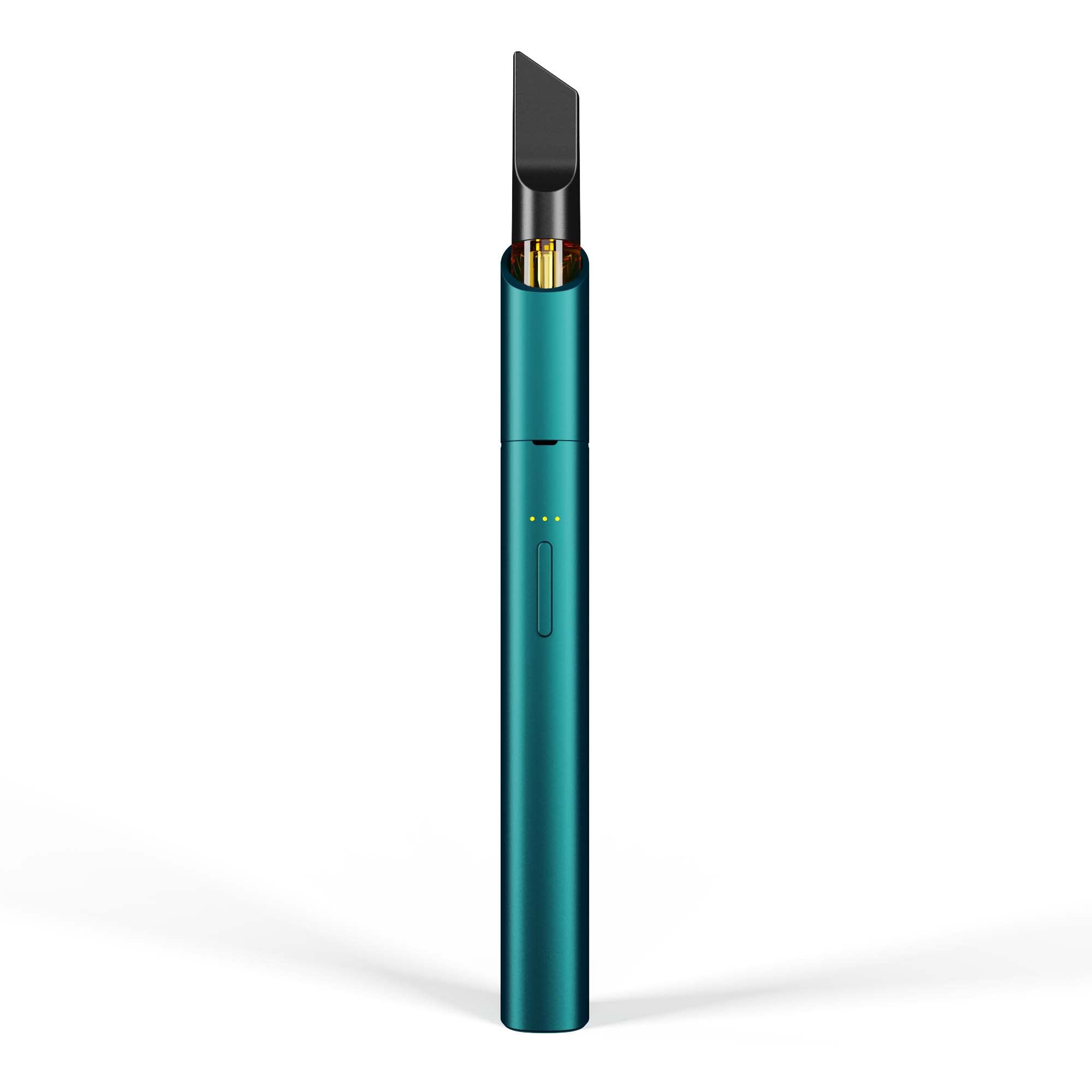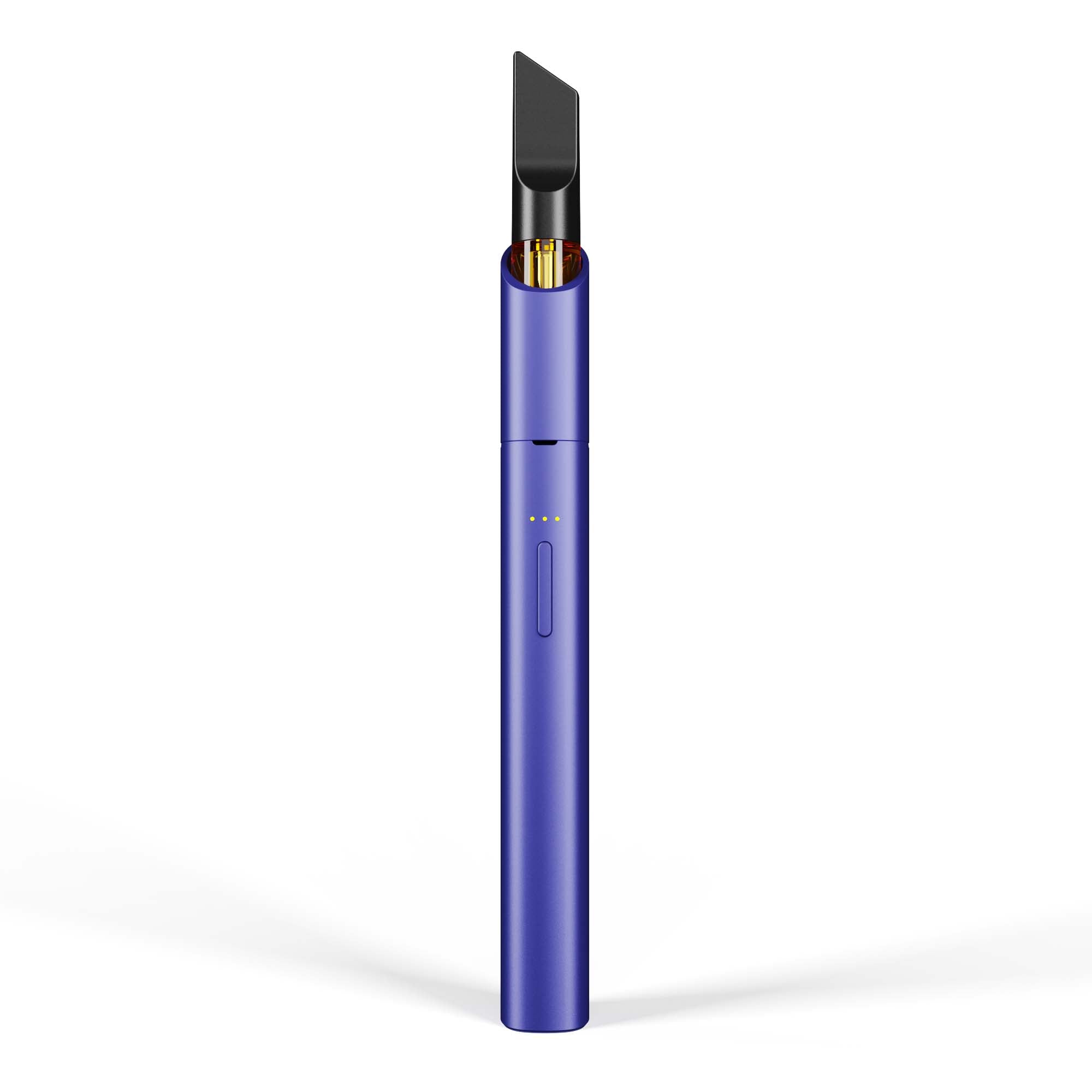Oil Viscosity Explained
Understanding oil viscosity is crucial for anyone using a vape to consume cannabis or other oils. Viscosity refers to an oil’s thickness and how easily it flows, and different viscosities affect how well the oil vaporizes and delivers its effects. From thin, runny oils to thick, syrupy ones, finding the right viscosity match for your vape device ensures optimal performance and a satisfying experience.
Understanding Viscosity
Oil viscosity is essentially a measure of how thick or thin an oil is. A low viscosity oil will flow easily, like water, while a high viscosity oil will be thicker, more like honey. The viscosity of an oil plays a crucial role in vaping because it directly impacts how well the oil vaporizes.
Thicker oils might require higher temperatures or more power to atomize properly, potentially leading to burnt flavor or reduced vapor production. Thin oils, on the other hand, tend to vaporize more readily and smoothly at lower temperatures.
Impact of Viscosity on Vaping Experience
Understanding oil viscosity is crucial for anyone using a vape to consume cannabis or other oils. Viscosity refers to an oil’s thickness and how easily it flows, and different viscosities affect how well the oil vaporizes and delivers its effects. From thin, runny oils to thick, syrupy ones, finding the right viscosity match for your vape device ensures optimal performance and a satisfying experience.
Oil viscosity is essentially a measure of how thick or thin an oil is. A low viscosity oil will flow easily, like water, while a high viscosity oil will be thicker, more like honey. The viscosity of an oil plays a crucial role in vaping because it directly impacts how well the oil vaporizes.
Thicker oils might require higher temperatures or more power to atomize properly, potentially leading to burnt flavor or reduced vapor production. Thin oils, on the other hand, tend to vaporize more readily and smoothly at lower temperatures.
Vista Edge Vape: Design Features
Vista Edge Vape boasts several design features optimized for various vaping experiences. Its innovative coil system allows for adjustable airflow, enabling users to customize their draw and tailor vapor production to their preference. The device also incorporates a user-friendly interface with clear LED indicators, providing visual feedback on power levels and battery life.
Coils and Heating Elements
Vista Edge Vape utilizes a proprietary ceramic heating element designed for even heat distribution and optimal flavor extraction. These elements are known for their durability and resistance to clogging. The device typically features various coil options catering to different viscosity preferences. These coils often differ in material, mesh design, or construction to accommodate thinner or thicker oils effectively.
Airflow System
Vista Edge Vape’s airflow system is designed for customization.
- Adjustable airflow allows users to control the amount of air passing through the coil, influencing vapor density and flavor intensity.
- This adjustability caters to individual preferences and vaping styles.
When using Vista Edge Vape with different oil viscosities, consider these points:
- Thin Oils: Vista Edge’s adjustable airflow can help fine-tune the vapor production for thin oils. A slightly tighter airflow might be preferable to prevent excessive leakage and ensure optimal atomization.
- Thick Oils: For thicker oils, a looser airflow setting may be more suitable. This allows for better circulation of air around the coil, promoting thorough heating and vaporization without overheating or burning the oil.
Optimal Oil Viscosities for Vista Edge
Understanding the optimal oil viscosity for your Vista Edge vape can significantly impact your vaping experience. Vista Edge’s innovative design, featuring adjustable airflow and a ceramic heating element, is designed to handle various viscosities effectively.
Thin Oils (e.g., Distillates, BHO)
Oil viscosity is a key factor in achieving a smooth and satisfying vaping experience with the Vista Edge.
- Thin oils like distillates or BHO benefit from adjustable airflow settings that can be slightly tighter to prevent leakage and ensure even atomization.
- Thicker oils, on the other hand, might require a looser airflow setting to allow for better air circulation around the coil, promoting thorough heating without burning.
Medium Oils (e.g., Live Resin, Rosin)
Vista Edge Vape is designed to handle a range of oil viscosities, from thin distillates to thicker resin or rosin. Understanding your oil’s consistency and adjusting Vista Edge’s airflow accordingly can significantly impact your vaping experience.
For thinner oils like distillates or BHO, start with a slightly tighter airflow setting. This helps prevent leakage and ensures even atomization for smooth vapor production.
Thicker oils, such as Live Resin or Rosin, often benefit from a looser airflow setting. This allows for better air circulation around the coil, promoting thorough heating without burning the oil and producing flavorful vapor.
Thick Oils (e.g., Wax, Crumble)
Vista Edge Vape is designed to handle a range of oil viscosities, from thin distillates to thicker resin or rosin. Understanding your oil’s consistency and adjusting Vista Edge’s airflow accordingly can significantly impact your vaping experience.
For thinner oils like distillates or BHO, start with a slightly tighter airflow setting. This helps prevent leakage and ensures even atomization for smooth vapor production.
Thicker oils, such as Live Resin or Rosin, often benefit from a looser airflow setting. This allows for better air circulation around the coil, promoting thorough heating without burning the oil and producing flavorful vapor.
Adjusting Your Setup for Different Viscosities
When using Vista Edge Vape with different oil viscosities, consider these points:
Coil Choice and Wattage Adjustment
Vista Edge Vape boasts several design features optimized for various vaping experiences. Its innovative coil system allows for adjustable airflow, enabling users to customize their draw and tailor vapor production to their preference. The device also incorporates a user-friendly interface with clear LED indicators, providing visual feedback on power levels and battery life.
Vista Edge Vape utilizes a proprietary ceramic heating element designed for even heat distribution and optimal flavor extraction. These elements are known for their durability and resistance to clogging. The device typically features various coil options catering to different viscosity preferences. These coils often differ in material, mesh design, or construction to accommodate thinner or thicker oils effectively.
Adjusting the wattage on your Vista Edge Vape can significantly impact your vaping experience, especially when using oils with varying viscosities.
- Thin Oils: Begin with a lower wattage setting. Thin oils vaporize more readily at lower temperatures, and exceeding this threshold could lead to burnt flavor or excessive heating.
- Thick Oils: You may need to increase the wattage slightly for thicker oils. Thicker oils require more energy to atomize effectively, so a moderate wattage increase can help ensure proper vaporization without burning.
Remember to start with a lower wattage and gradually increase it until you achieve your desired results. Always monitor the vapor production and taste for any signs of burning or scorching.
Airflow Settings Modification
Vista Edge Vape offers adjustable airflow settings that can be customized to suit different oil viscosities.

For thin oils like distillates or BHO, a slightly tighter airflow setting is recommended. This helps prevent leakage and ensures even atomization for smooth vapor production.
Thicker oils, such as Live Resin or Rosin, often benefit from a looser airflow setting. This allows for better air circulation around the coil, promoting thorough heating without burning the oil and producing flavorful vapor.
Remember to start with a lower wattage and gradually increase it until you achieve your desired results. Always monitor the vapor production and taste for any signs of burning or scorching.
Troubleshooting Common Issues
Understanding how different oil viscosities interact with your Vista Edge Vape is key to achieving optimal vaping performance and a satisfying experience. From thin, runny oils to thicker, syrupy ones, finding the right viscosity match ensures your vape device operates at its best.
Leaking or Spitting Back
Troubleshooting common issues like leaking or spitting back can significantly enhance your vaping experience with the Vista Edge Vape.
Leaking: Leaking often occurs when the airflow is too loose, causing excess pressure build-up within the device.
- Try tightening the airflow slightly to reduce pressure.
- Ensure the mouthpiece and connection points are properly sealed.

Spitting Back: This usually happens when the oil is too thick for the current settings.
- Adjust to a higher wattage setting to ensure proper atomization.
- Consider using a coil designed for thicker oils.
- Make sure the airflow isn’t too tight, which can restrict vapor flow and lead to spitting.
Poor Vapor Production
Poor vapor production can stem from several factors when using Vista Edge Vape with different oil viscosities. Here are some common causes and solutions:
- Low Wattage: If your oils are thicker, the wattage may be too low to properly atomize them. Increasing the wattage slightly can help.
- Incorrect Coil Choice: Vista Edge likely offers different coils optimized for various viscosities. Using a coil designed for thinner oils with thick oil might result in insufficient vapor production.
- Blocked Airflow or Coils: A clogged airflow path or dirty coils can hinder vaporization. Regularly cleaning the device and checking for blockages is essential.
- Insufficient Oil Flow: Make sure your oil reservoir is filled adequately and that the wicking system is functioning properly to deliver oil to the coil.
Burning Taste
Troubleshooting common issues can significantly enhance your vaping experience with the Vista Edge Vape.
Leaking: Leaking often occurs when the airflow is too loose, causing excess pressure build-up within the device. Try tightening the airflow slightly to reduce pressure. Ensure the mouthpiece and connection points are properly sealed.
Spitting Back: This usually happens when the oil is too thick for the current settings. Adjust to a higher wattage setting to ensure proper atomization. Consider using a coil designed for thicker oils. Make sure the airflow isn’t too tight, which can restrict vapor flow and lead to spitting.
Poor vapor production can stem from several factors when using Vista Edge Vape with different oil viscosities. Here are some common causes and solutions:
- Low Wattage: If your oils are thicker, the wattage may be too low to properly atomize them. Increasing the wattage slightly can help.
- Incorrect Coil Choice: Vista Edge likely offers different coils optimized for various viscosities. Using a coil designed for thinner oils with thick oil might result in insufficient vapor production.
- Blocked Airflow or Coils: A clogged airflow path or dirty coils can hinder vaporization. Regularly cleaning the device and checking for blockages is essential.
- Insufficient Oil Flow: Make sure your oil reservoir is filled adequately and that the wicking system is functioning properly to deliver oil to the coil.
Order Vista Edge Series for innovation and style
- Why Baby Botox Is Trending In Kingston Upon Thames Beauty Routines - July 7, 2025
- What Muscles Do You Use To Flare Your Nostrils? - July 4, 2025
- What Happens If You Stop Doing Lip Fillers? - July 1, 2025
